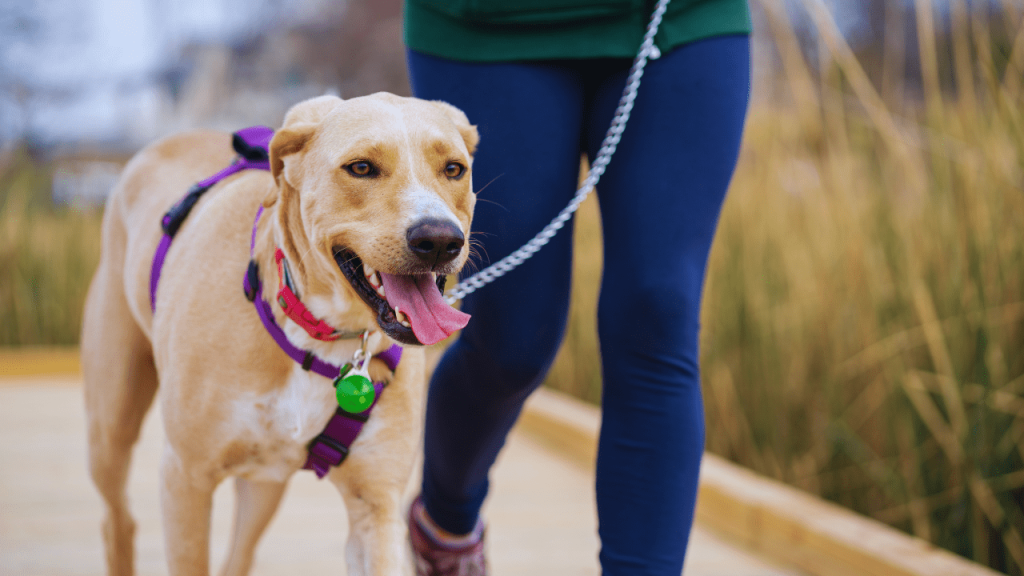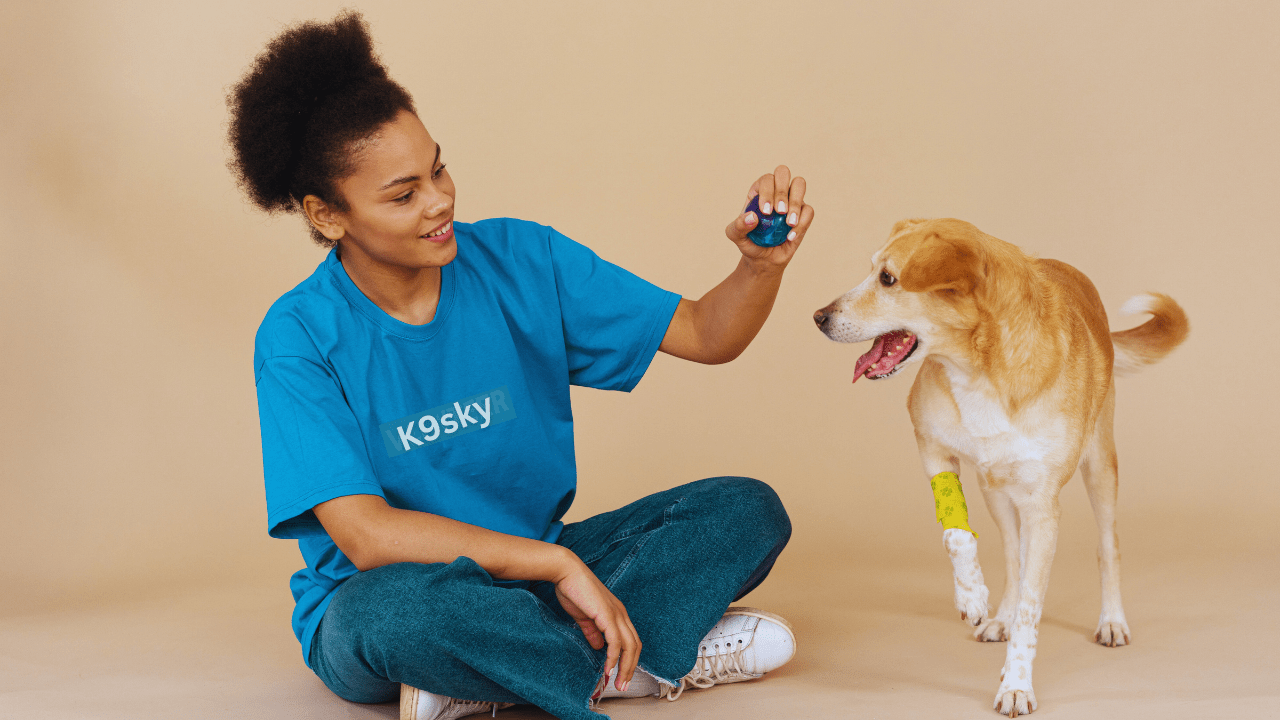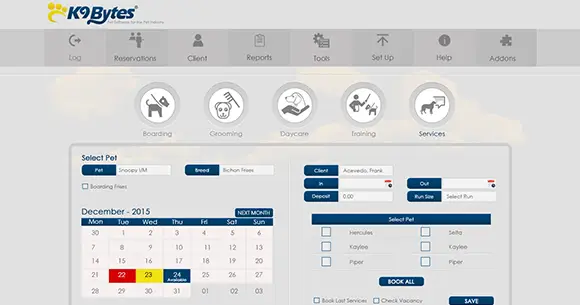Letting your dog go to a boarding house isn’t always easy. However, this can be more difficult if your dog is highly reactive. Reactive dogs can bark often and may even be scared. They might even growl when they encounter strangers or animals. The dogs don’t necessarily have a bad personality. They are just anxious or angry when confronted with new circumstances. Boarding facilities have bizarre sights, scents, sounds, and smells. That is why it’s important to prepare ahead. Your dog should be at ease and secure. This article will help you find 6 efficient and straightforward ways to make borders more comfortable for dog owners with reactive dogs. With the proper guidance and actions, your dog will remain content even when you’re not home.
Why Planning for Reactive Dogs Matters
Dogs are typically referred to as reactive when they bark, lunge, or behave in situations that are too scary to handle. They might not want to be with new people or other dogs. Certain dogs react only when they feel uncomfortable, and others are upset whenever they encounter something that triggers them. Contrary to aggressive dogs, reactive dogs tend not to wish to fight. They want the frightening issue to be gone. This type of behavior can be more prevalent than most people believe. One out of 5 dogs has an element of reactivity, but it isn’t easy to recognize. So, boarding a reactive dog is a challenge. The goal is to lessen stress and make the entire experience as relaxing as possible.

Solution 1: Choose the Right Facility
One of the best options is choosing a boarding establishment that works with dogs with special needs or is reactive. Many kennels are not identical. Some are noisy and busy. Others are calm and peaceful. Choose a location offering individual care, small group time, or separate areas. Find out if the staff are specially trained to deal with dogs who have anxiety. As per the American Kennel Club, dogs thrive in environments that make them feel safe and heard. It is particularly applicable to hyperactive dogs. A good dog training facility can read dog body language and give your pet space when required.
Solution 2: Do a Pre-Visit Walkthrough
Another option is to bring your dog along for an informal meet-and-greet before the big event. It lets your dog play around and become familiar with the people and places. Dogs establish trust by looking at things repeatedly. The visit will help your pet feel more relaxed when it’s time for him to rest. The staff also gets the chance to get to know the needs of your dog. In a 2022 survey on pet boarding, 8% of the pet owners who had a trial visit reported that their dog seemed more relaxed after the beginning of Boarding. So, a short visit can be very beneficial! Do not rush this process. A quick visit could make a major difference.
Solution 3: Try a Trial Overnight Stay
A night-time stay for a trial is a good next step. It’s like a test run. The dog will stay only one night, and you’ll be able to see the results. If your dog is doing well, you’ll feel more secure. If there’s a problem, it can be fixed before the duration of your stay. Imagine it as practice. Dogs also benefit from training sessions, just as kids must learn to stay at a family member’s home for an extended period. Even one night can help your pet familiarise itself with new smells, sounds, and routines. A study of dog behavior showed that dogs who had trial stays showed lower symptoms of stress, including less barking and pacing after they returned.
Solution 4: Build a Personal Care Plan
Creating a personalized health plan for your pet is also a great solution. It means your dog receives the required things, like in your home. Perhaps your dog is taking medicine or prefers eating at a particular time. Maybe they prefer silence or a favorite toy. You can share this information with the staff at the boarding school. You could even record it. A study conducted in 2023 on stress in pets discovered that dogs who stayed to their routines had fewer anxiety symptoms. It is an enormous difference. When your dog feels that the world is every day, it is less likely to get into trouble. Care plans comfort your dog and help staff members know how to make your dog feel secure.
Solution 5: Look Into Board and Train Programs
If your dog requires more assistance, you could look into the “board and train” program. The dog will stay in a location where they can also receive training. Trainers are working alongside your dog when you’re away. It can assist your dog to learn to manage anxiety and to react more effectively. Many dog owners have found that this program can help even after the boarding time has ended. Highly skilled dog trainers usually conduct these programs. They could last for a couple of days or even a few weeks. Suppose you’re considering more advanced care options, particularly for dogs with more challenging behaviors. In that case, you may be interested in learning more about Boarding for Aggressive Dogs by reading our article. It gives you competent advice and questions you should ask before selecting a facility that can handle the most challenging behaviors safely.
Solution 6: Train Your Dog Before the Stay
Another method starts at home and teaches your dog to be a good pet before the time for Boarding comes around. It could involve crate training, short car rides, or excursions to new places. It is desensitization and makes your dog feel at ease in different environments. If your dog is exposed to new surroundings and is calm, they will become more adept at handling changes. Begin small and gradually increase. Similar to humans, they are more comfortable when they know what they can expect. It is possible to use rewards such as sweets or praise to make your dog feel comfortable when training. With time, your dog will become more confident and less scared of new environments.

What to Look For in the Right Boarding Place
If you are looking for a boarding house for reactive dogs, look for specific indications that the place is right. Staff members must be educated in the behavior of dogs. The area should be kept clean and not overly crowded. You should have quiet areas in which your dog can relax in peace. Find out what they do to handle emergencies or stressed dogs. The best places will be able to answer any questions and are happy to accept your visit before booking. A Pet Care Services Association report showed that dogs are happier in areas with routines, trained staff, and quiet regions. It can make a huge difference, particularly for anxious dogs that may be more overwhelmed than others.
A Peaceful Plan for a Happier Dog
In the final analysis, boarding a frightened dog does not have to be frightening. It indeed requires more planning; however, it can be done with care and safety. Many dog owners experience the same issue. It’s about finding the right balance for your pet. Each dog is unique, and your attention and plan can help your dog feel at ease even when you’re not around. Begin by asking questions, then adhere to the six suggestions in the following article. Your dog will feel better, and you will, too. A little effort and time today could lead to the most peaceful boarding experience for everyone in the future.




